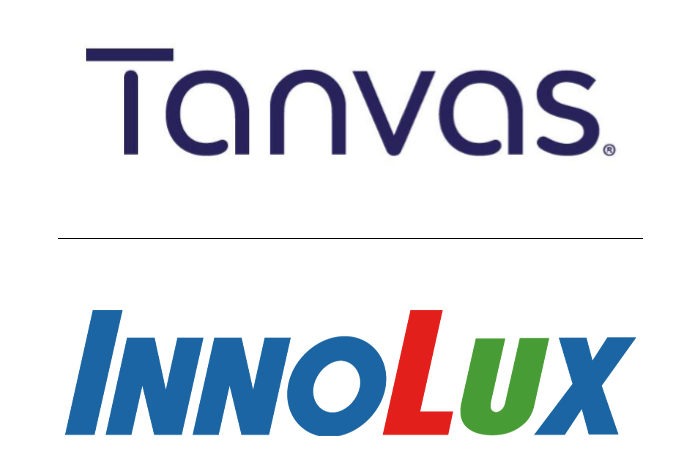We are excited to announce that Kairos portfolio company Tanvas has partnered with Innolux Corporation to produce a 15” automotive-qualified touch display using TanvasTouch, programmable textures and haptic effects on smooth, physical surfaces.
“We have been impressed with the haptics expertise of the Tanvas team and their innovations in the area of surface haptics for vehicle displays. The result of our collaboration with Tanvas will unlock a new dimension of interaction previously unattainable in automotive touch displays.” – Lucien van Riel, President at Innolux Europe B.V.
Traditional vibrotactile and electromechanical haptics are not suitable for large and curved automotive displays because they require movement of the display. With TanvasTouch, there are no moving parts. Software-defined haptics enable an unlimited range of effects that can be felt with the swipe of a finger.
“We have been impressed with the haptics expertise of the Tanvas team and their innovations in the area of surface haptics for vehicle displays,” said Lucien van Riel, President at Innolux Europe B.V. “The result of our collaboration with Tanvas will unlock a new dimension of interaction previously unattainable in automotive touch displays.”
TanvasTouch is a fully integrated solution characterized by a solid state actuator and single controller. Textures and haptic effects are felt in localized zones and can be harmonized across size, shape and surface, for example in a display, and also with door handles, steering wheels and upholstery. With TanvasTouch, changes in friction are perceived as fine textures, edges and bumps that can be felt without looking.
“Automotive screens are increasing in size and sophistication and physical knobs are being replaced by flat surfaces,” said Phill LoPresti, CEO of Tanvas. “Large OEMs see the value of this next generation of multi-touch technology and are embracing new solutions like TanvasTouch. We’re proud to be partnered with Innolux to help qualify our technology for the automotive industry.”
Tanvas is currently working with several automotive manufacturers that are evaluating surface haptic-enabled implementations in future vehicles.





